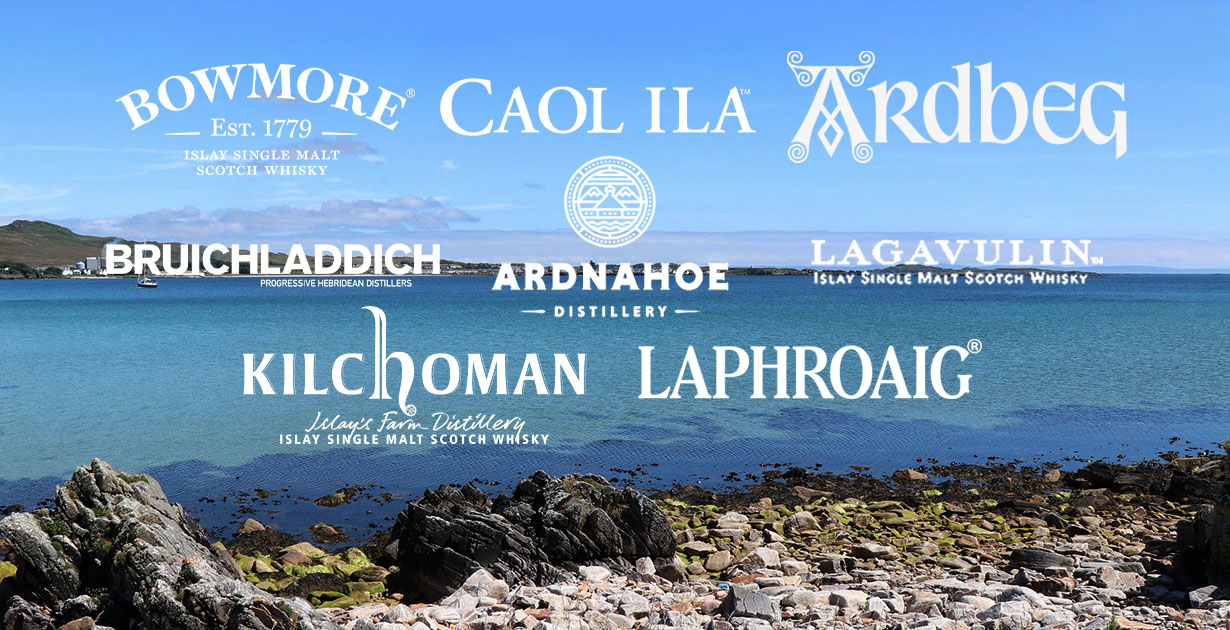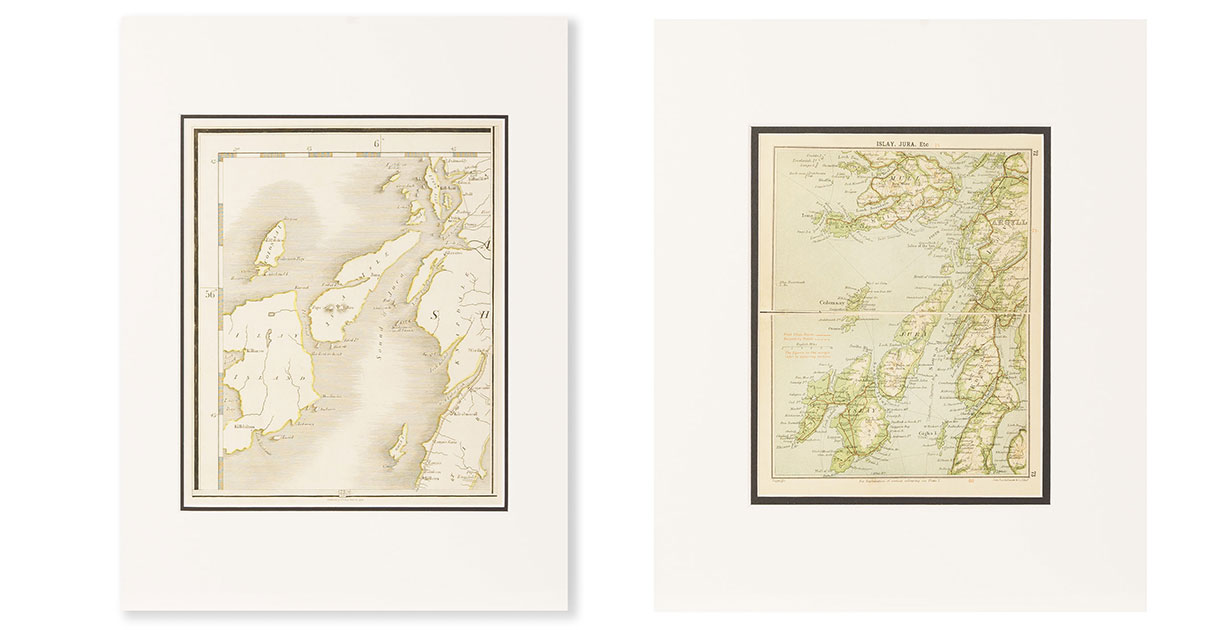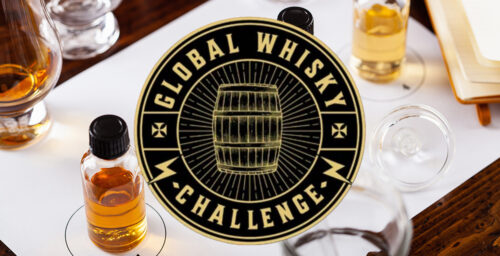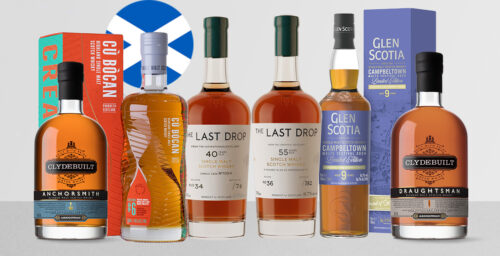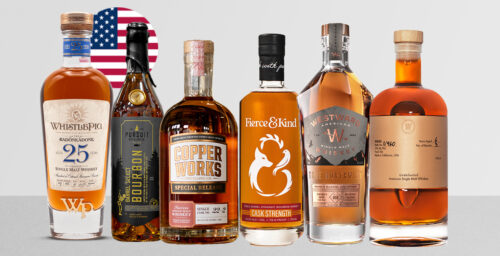Recently, we published the Ultimate Guide To Islay Distilleries, outlining the nine whisky distilleries on the island that produce over 20 million liters of whisky per year combined with the Isle of Jura distillery. There is no doubt that Islay is a whisky-producing machine, but exactly how did the Queen of the Hebrides evolve into the island we all know and love today?
About Islay
Islay is located off the northwest coast of Scotland, about a 2-and-a-half-hour ferry ride from Kennacraig on the Kintyre peninsula. It is home to around 3,200 people, many of whom are employed in the whisky industry (the second largest industry on the island after agriculture).
Today, there are nine active whisky distilleries on Islay: Bowmore, Bunnahabhain, Caol Ila, Bruichladdich, Ardnahoe, Ardbeg, Lagavulin, Laphroaig, and Kilchoman.
Despite the relatively small number of distilleries on Scotland’s fifth largest island, Islay has a long and rich whisky distilling history, beginning in the 14th century.
The First Islay Whisky
It is believed that whisky was being distilled on Islay as far back as the early 14th century, when Irish monks began utilizing the island’s plentiful natural resources. The remote island had plenty of lochs and rivers with soft water perfect for whisky distillation. In addition, the island had vast peat bogs that could be used to make the now-iconic peated whiskies.
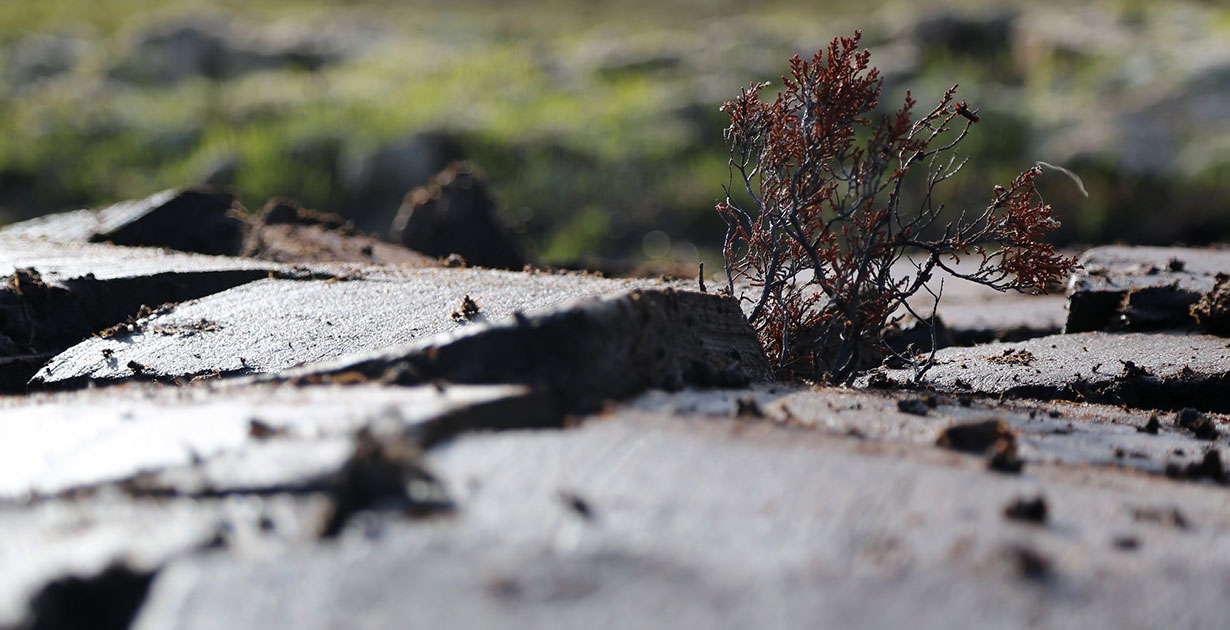
Whisky was distilled in the open for hundreds of years. However, in 1644, a new threat to scotch whisky distilling emerged, in the form of taxes. The first tax levied against scotch whisky came into force in 1644 and, in 1707, The Scottish Excise Board was established to police the taxing of excisable goods.
This is where Islay’s geography comes into play again. Not only does the island have near-perfect conditions for whisky distillation and maturation, it is also a fairly remote island, even by today’s standards. As such, in the 1700s, excisemen were not usually too fond of making the long journey to Islay. They were also reluctant to interact with the island’s natives, who they viewed as “wild and barbarous”. Therefore, illicit distilling was able to continue, but this time hidden away in remote glens or caves.
The first exciseman to be stationed on Islay came to the island in 1797. Distillers were forced to either register through the proper legal channels and keep distilling or face fines and possibly prison time.
Islay Whisky In the 19th and 20th Centuries
By the time the Excise Act of 1823 was passed, four of the current nine distilleries on the island had been established following license applications. These distilleries are Laphroaig, Ardbeg, Lagavulin, and Bowmore.
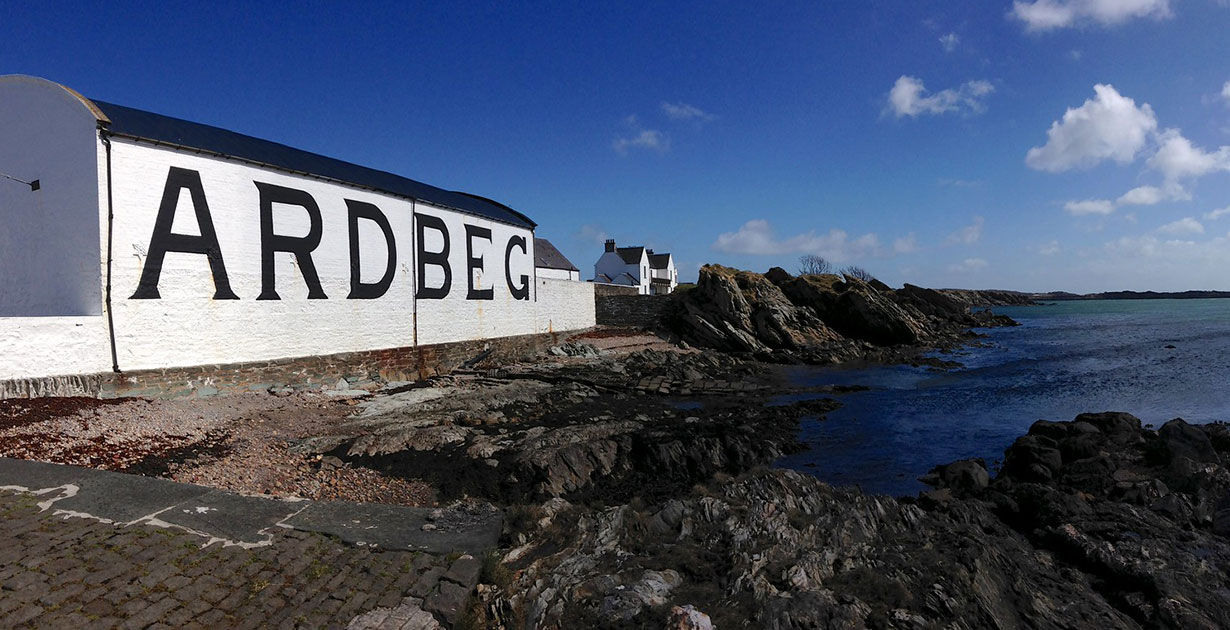
There are as many as 20 other distilleries that once worked on Islay and are now lost. This, until very recently, included the lamented Port Ellen, which finally reopened in March 2024.
Islay was recognized as a scotch whisky region in the 1800s due to the increasing number of licensed distilleries on the island. Of course, today, Islay is characterized by its distinctive peated and smoky whiskies tinged with salty sea air.
See Islay Through The Ages
The authentic maps of Islay and Jura that we have on our shop from c.1794 and c.1914 respectively offer a unique insight into the island’s geography at different points in history.
In 1794, only one of the distilleries still active on Islay was said to be distilling. Bowmore claims that distilling has been taking place on their site since 1779. Interestingly, Bowmore is not shown on the map. The town of Bowmore has its origins slightly further north in Killarow, which is marked on the map by John Cary.
Loch Indaal and Loch Finlaggan can be seen on the map, and the accuracy of their representation is impressive for such an early map.
Fast-forward to 1914, and John Bartholomew has created an updated topographical map of Islay. This map features more detail and far more settlements than were marked on the map from 1794. This demonstrates the number of distilleries that had since joined Bowmore including Ardbeg, Bruichladdich, Bunnahabhain, Caol Ila, Lagavulin, and Laphroaig. Also in this period, several now-closed distilleries operated.
To the east of the island, you can see the island of Jura, home to the Isle of Jura distillery. And to the north, the Isle of Mull, home to Tobermory.
Islay Today
Today, Islay is synonymous with peated whiskies, and the island relies heavily on whisky sales and tourism to boost its economy. According to the Scotch Whisky Industry Review 2022, in 2019 the distilleries on the island attracted over 205,000 visitors combined.
Whisky is at the heart of Islay’s culture, and the island’s geography held the key to its early success and growing industry.

